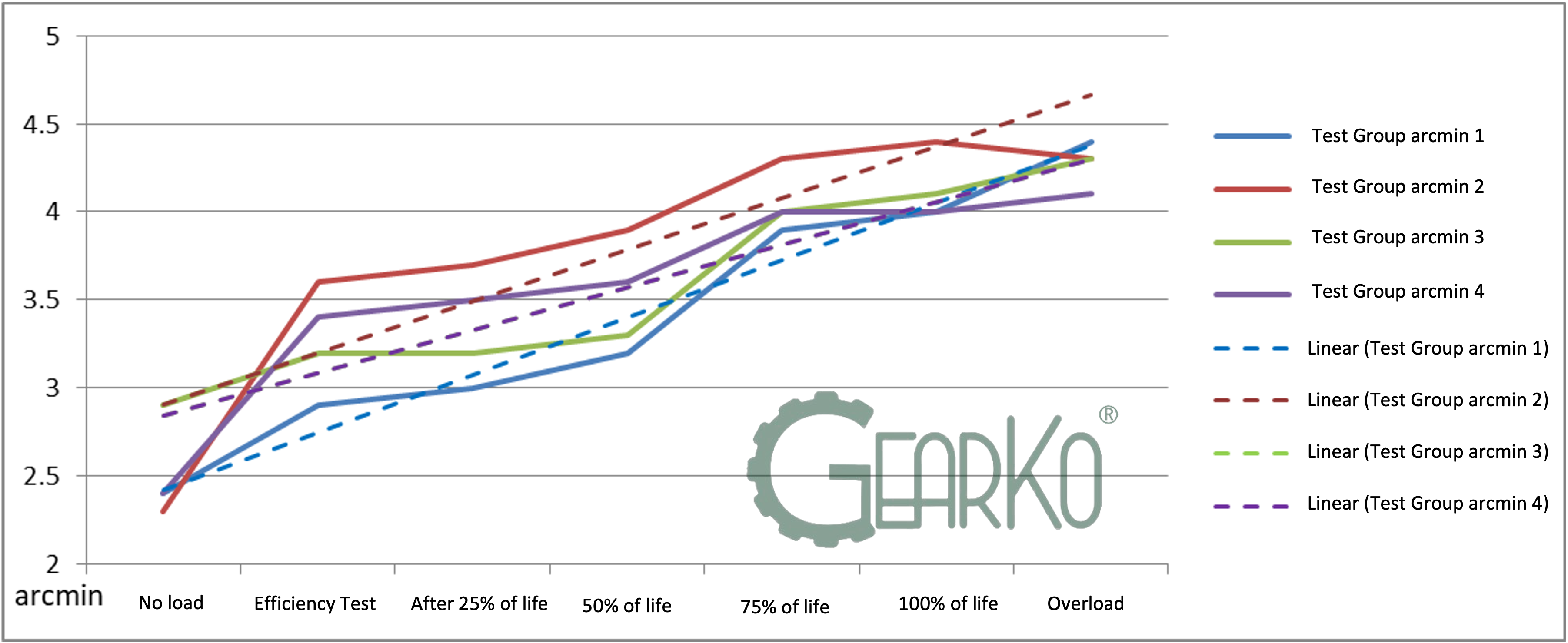2023.12.22
Complete Guide: Key Points for Regular Inspection and Maintenance of Planetary Reducers

Equipment manufacturers typically establish regulated operations for the use, maintenance, adjustment, and troubleshooting of production machinery, as well as provisions for notes, periodic maintenance, and daily upkeep. Under proper regulation, these measures ensure the safety of operators and extend the service life of the machinery.
A gearbox is a critical transmission component of the equipment, vital to its normal operation. Maintenance and repairs should be carried out in accordance with the equipment manufacturer's specifications.
The working environment for planetary gearboxes generally ranges from -25 to +45 degrees Celsius. High ambient temperatures can be detrimental to heat dissipation, potentially causing the gearbox casing to overheat. Conversely, low temperatures can lead to poor lubricant flow, necessitating the selection of a suitable lubricant.
The temperature of the gearbox casing of a planetary gearbox can vary between -20 and 90 degrees Celsius, depending on the working environment and operational timing. Special attention must be given to any abnormal reasons that may cause high temperatures when operating at critical temperatures. The harsher the working environment, the shorter the product's lifespan is likely to be.
Description:
Simple maintenance and pre-use inspection include:
- Checking for oil leaks: It is essential to inspect gearboxes for any signs of oil leakage. Examine the area beneath and the surface of the gearbox for oil stains. Particular attention should be paid to seals, sealing caps, end covers, and other junctions. If an oil leak is suspected, clean the exterior of the gearbox, and re-inspect after approximately 24 hours. If a leak is confirmed, contact the manufacturer for repairs.
- Checking external cleanliness: Gear reducers should be always kept clean. Dust accumulation on the exterior surfaces should be avoided to prevent interference with heat dissipation.
Depending on the application, gearboxes can be simply categorized into two types:
1. For the sole transmission of power: After a period of running-in (note 1), the characteristics of the lubricating grease – lubrication, sealing, cleaning, cooling, and rust prevention – come into play. As gears wear in over time, carbides, metal particles, and other sediments disperse in the oil, eventually darkening its color. Changing the lubricant can remove some of the impurities produced during the running-in process, reducing noise, and minimizing power loss. The most common applications are lifting and transportation tools, such as cars, motorcycles, and cranes.
2. Power transmission + precision positioning: Gearboxes with precision positioning characteristics may experience increased tooth clearance and reduced accuracy over prolonged periods of operation. Refer to the curve chart below, which shows the arc minute changes after 20 million revolutions at the input end. Therefore, before leaving the factory, products undergo a trial run with only 5 to 10 minutes of no-load operation to ensure there are no abnormal sounds or excessive noise and vibrations, ultimately confirming the precision and passing the test for quality.
After a period of operation, if users find the precision of the gearbox exceeds acceptable limits, they may consider replacing the product to maintain the required accuracy. However, at this stage, the gearbox can still transmit power normally, but the precision of movements no longer meets the demands.

Note 1: The maintenance schedule is usually determined by operational time, or if the product has been left idle for too long, it may degrade – such as emulsification, visible particles, or sludge formation – requiring an inspection and possible replacement of the lubricant to prolong the lifespan of the gearbox. Each company has its standards for the specific duration, which should be followed according to the manufacturer's guidelines. Generally, gearboxes that require a lubricant change are designed with two plug holes: one for adding oil (on top) and another for draining oil (at the bottom).
Precautions:
- If the gearbox has not been in operation for an extended period, gravity will cause the lubricant to accumulate at the bottom. It is advisable to start with no load and slowly rotate the input motor, gradually increasing the speed to allow the lubricant to progressively lubricate all components within the gearbox.
- All gearboxes or reducers need lubrication. The lubricant ensures that gears and other parts within the chamber operate normally, preventing wear. It also helps to reduce operational noise, vibration, and assists with cooling.
- If abnormal noises or vibrations are detected during operation, stop the machine, and perform a comprehensive check. This could indicate gearbox damage, although it should not exclude the possibility of abnormalities in other transmission components.
- For applications under non-standard working conditions, always consult the original manufacturer's opinion.
Conclusion:
Taiwan's GearKo planetary gearboxes are rated IP65 and are lifetime lubricated; the gearbox is pre-filled with the required amount of synthetic lubricant, hence there is no need for replacement or top-ups, reducing maintenance time and cost. To learn more about the properties of lubricants, refer to GearKo's sectionon "Selection of Lubricating Oil for Gearboxes: Key Characteristics and Related Research." If you wish to know more about planetary gearboxes or have any questions regarding their pairing and use, please feel free to contact us. We welcome your calls or emails to GearKo Taiwan.
Further Reading: Selection of Lubricating Oil for Gearboxes: Key Characteristics and Related Research